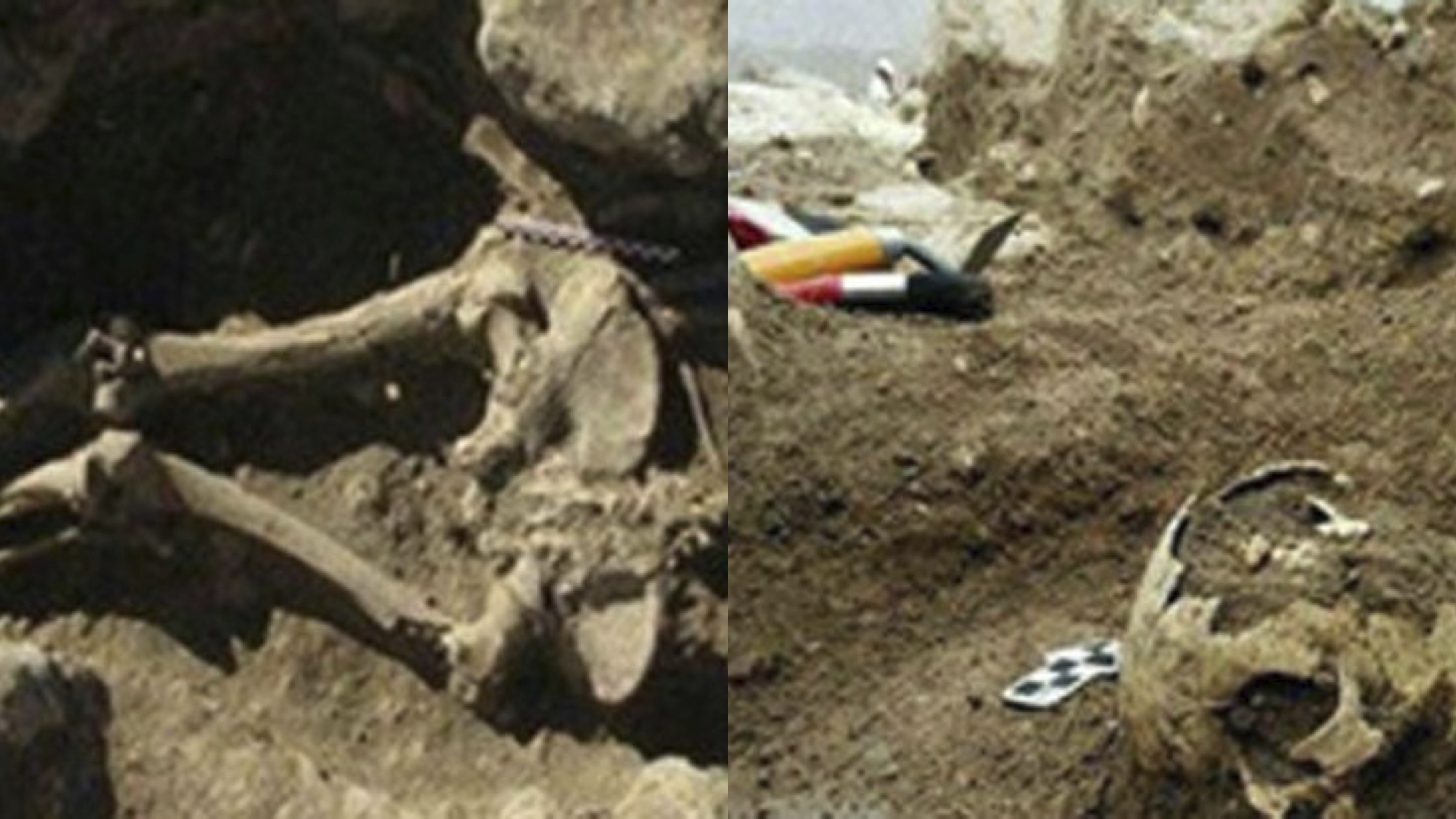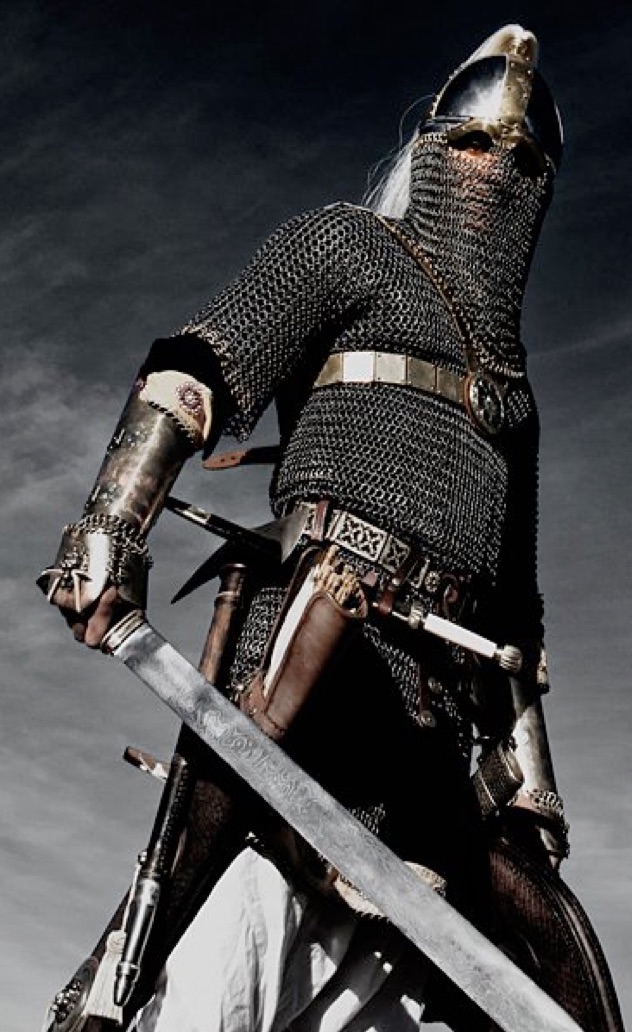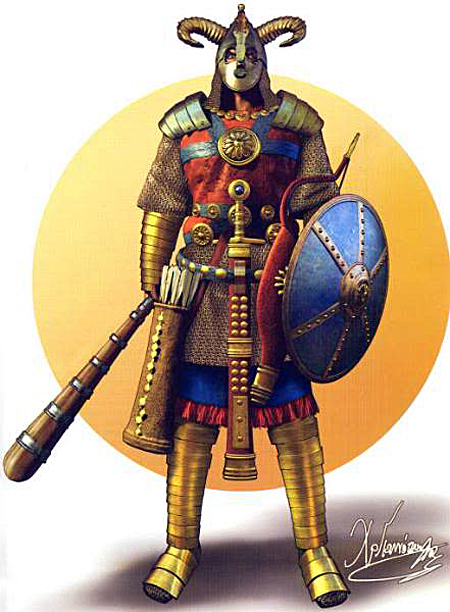The version printed below has been slightly edited from the original version printed in the Daily Star newspaper.
= = = = = = = = = = = = = = = = = = = = = = = = = = = = = = = = = = = = = = = = = = = = = = = =
The skeleton of a “giant” dated to the Sassanian era (224-651 CE) has been uncovered along with an ancient treasure haul dating back nearly 2,500 years. Scientists excavating a historic site in Iran uncovered a motherland of ancient artifacts along with the remains of a very tall man. The treasures have been hailed for their historical significance as the objects date back to more than 550 BCE.

Remains of the Sassanian “Giant” (estimated at 10 feet Tall according to the Daily Star) excavated by the archaeology team of Ata Hasanpour in the Chia Sabz region of Luristan in Western Iran (Source: Daily Star, United Kingdom).
Meanwhile, the “giant” Is believed to have lived between 224 and 651 CE during the Sassanian Empire. The skeleton – believed to be an elderly man – was uncovered in a tomb covered with a stone slab. The man is thought to have been more than two metres tall (roughly 6 feet and 6 inches), so would have been considered a “giant” in his time. Studies of human remains suggest the average height of people living around 500 CE would have only been around 160cms (roughly 5 feet and 2 inches).

Recreation of a Savaran knight of the Hamharzan (Ardashir Radpour) of the Sassanian Spah (Army/Military). The Hamharzan (like all other elite units such as the Pushtighban, the Shahanshah, etc.) were those warriors selected for their exceptional athleticism, physical strength. All elite units such as the Hamharzan were supplied with the highest quality weaponry.
Chief archeologist Ata Hasanpour said:
“In the course of recent excavation in the Chia Sabz area of Lorestan province, we found objects dating back to the Achaemenid Empire (550-330 BCE) … In the north of the Chia Sabz area we found the grave of an elderly man. “It consists of four clay walls, covered with a large stone slab.”

Reconstruction of an elite warrior from the Immortal Guards of the Sassanian Spah [Army/Military] from c. 4-5th centuries CE (Source: Pinterest). Note that the Central Asian lappet suspension system for swords and archery gear was to be introduced into the Spah by c. the mid-late 8th century CE.
Treasures uncovered included ornaments, coins, ceramic bowls, plates and painted vessels. The dig has also uncovered two columns believed to be part of an ancient ceremonial hall.



